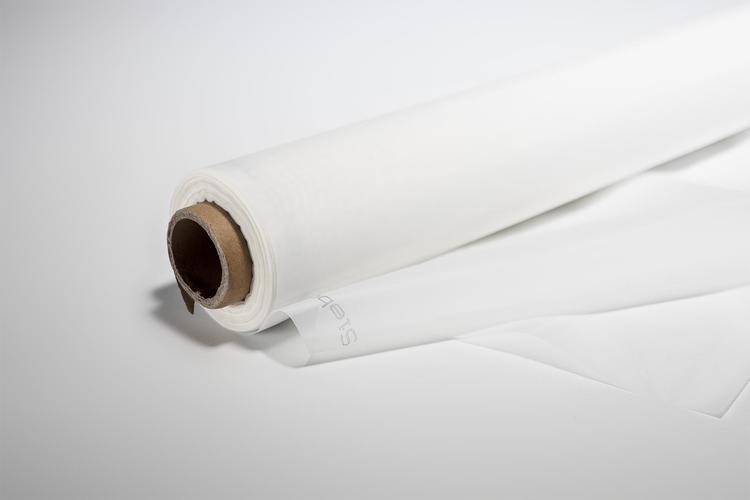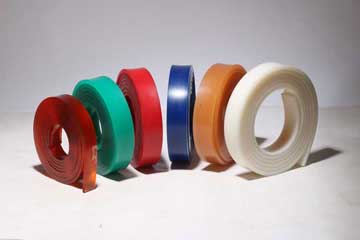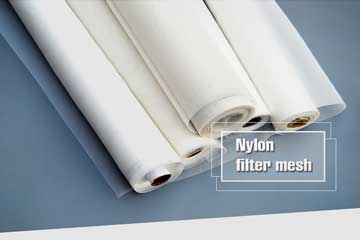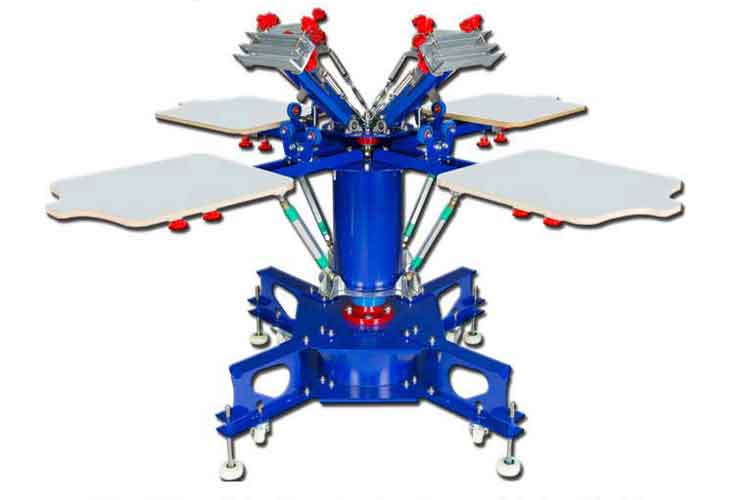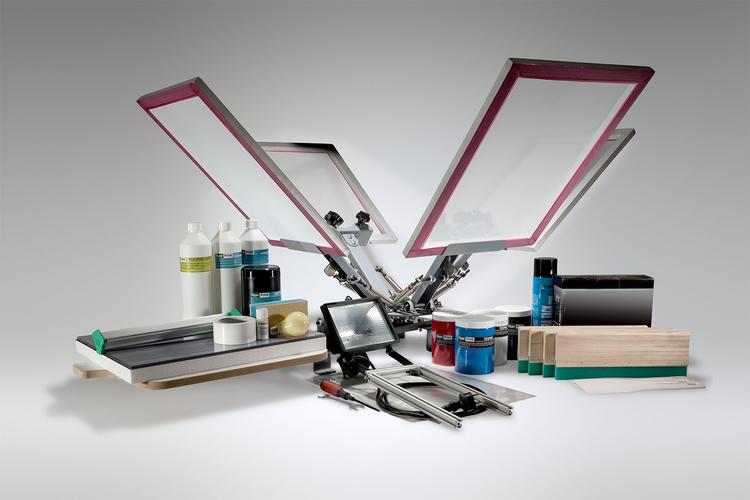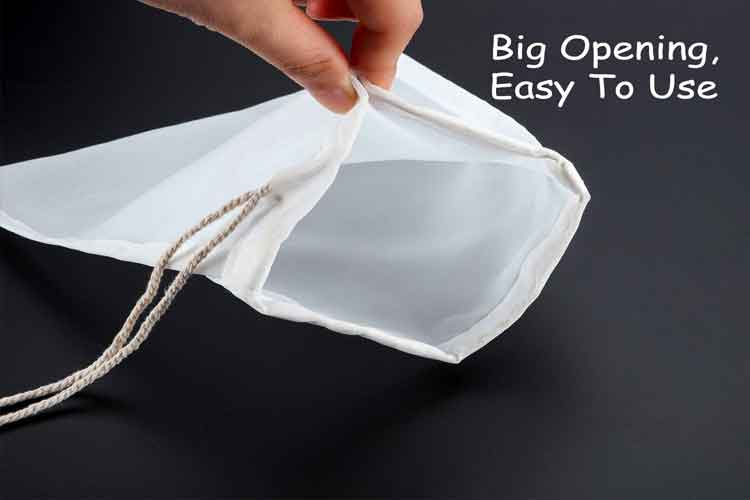Achieve Ultra‑Fine Filtration with #4 Size, 0.5 Micron Polyester Felt Liquid Filter Bags
By integrating these #4 Size 0.5 Micron Polyester Felt Bags into your large‑scale filtration system, you’ll achieve unparalleled fluid purity, equipment protection, and operational efficiency—ensuring smooth, reliable performance at production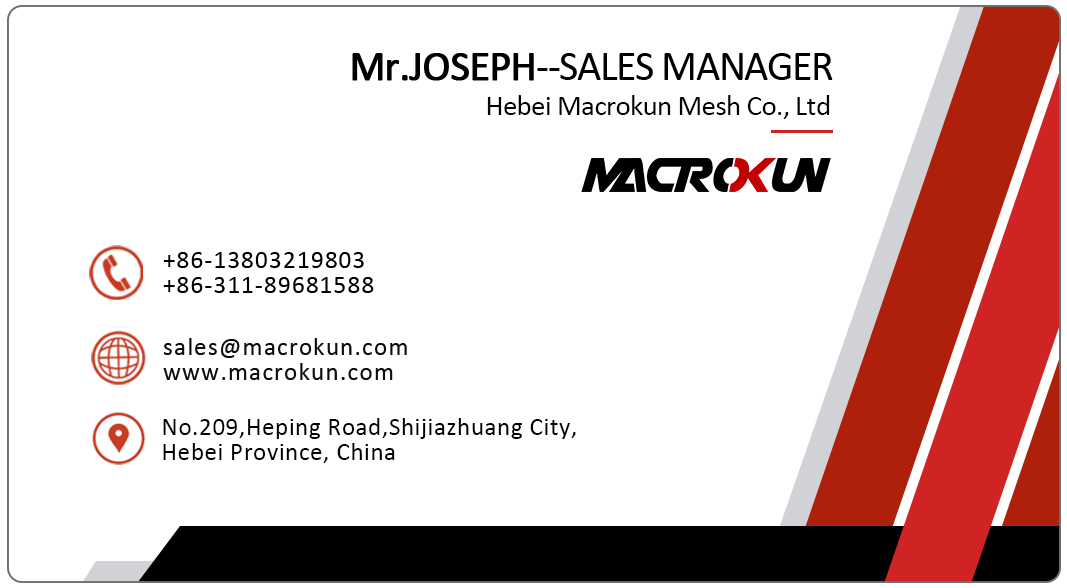
For mission‑critical processes—whether removing sub‑visible haze in high‑purity water loops, polishing pharmaceutical intermediates, or safeguarding semiconductor rinse systems—capturing particles down to half a micrometer is non‑negotiable. Our #4 Size 0.5 Micron Liquid Filter Bags, crafted from premium polyester felt and sealed with a polypropylene “F” flange ring, deliver absolute 0.5 µm depth‑filtration in large‑format 7″ × 32″ (or 7″ × 20″) housings. Below is a structured guide—market overview, product fundamentals, key features, selection advice, maintenance best practices, reasons to choose our bags, illustrative use cases, and next steps—to help you deploy sub‑micron filtration at scale with confidence.
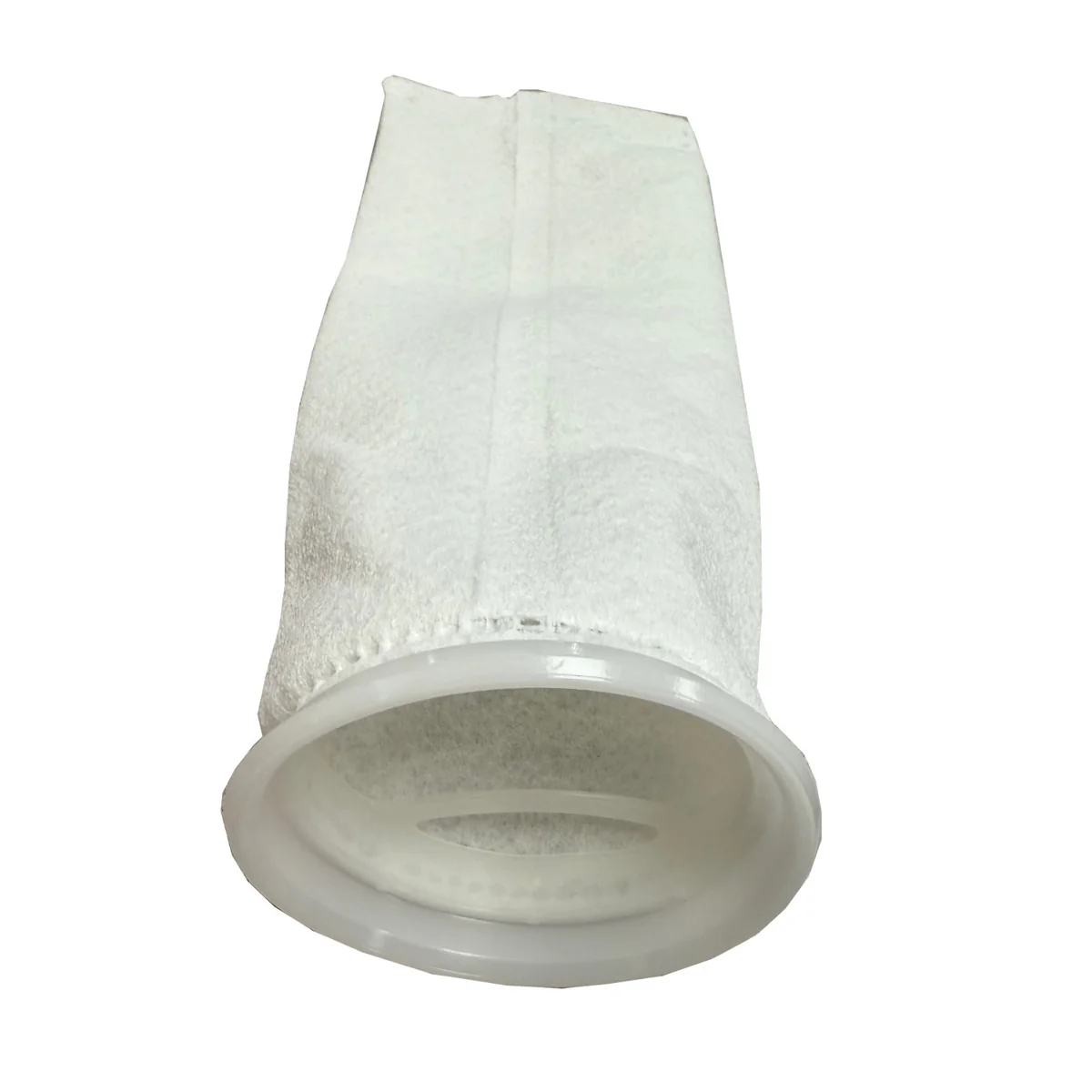
Market Overview: The Demand for Sub‑Micron Filtration in Large Systems
-
Protecting High‑Value Assets
Turbomolecular pumps, precision valves, and ultra‑pure water loops can be damaged by particles ≥0.5 µm. Removing these fines extends equipment life and prevents costly downtime. -
Ensuring Product Integrity
In pharmaceuticals, biologics, and specialty chemicals, sub‑visible particulates threaten sterility, potency, and regulatory compliance; absolute 0.5 µm filters serve as the final polishing safeguard. -
Scaling for High Flow Rates
Large systems commonly require flows of 50–200 GPM per housing. #4 Size bags deliver vast media area and low ΔP for sub‑micron filtration at production scale. -
Regulatory & Quality Standards
cGMP, FDA, and SEMI guidelines increasingly call for validated depth filters with absolute retention at 0.5 µm to guarantee process reproducibility and safety. -
Multi‑Stage Filtration Trains
As part of a staged approach, 0.5 µm depth filters protect downstream 0.2 µm sterile cartridges or UV disinfection units, maximizing overall system performance.
Product Fundamentals: Anatomy of #4 Size 0.5 Micron Felt Bags
-
Media: High‑loft polyester felt engineered into a multi‑layer depth matrix for absolute ≥99.9% retention at 0.5 µm.
-
Bag Dimensions: “Size 4” corresponds to 7″ outer diameter × 32″ length (20″ option available), fitting large multi‑bag housings.
-
Seal Ring: Polypropylene “F” flange precisely molded for leak‑free mounting on standard support ledges, preventing bypass.
-
Construction: Ultrasonic‑welded seams eliminate stitch‑hole leakage and fiber migration; rated to 75 psi differential.
Fluid enters the bag’s exterior, travels through the felt depth—trapping microscale particulates throughout—and exits via the interior, delivering crystal‑clear fluid at high throughput.
Key Features of Our 0.5 Micron Polyester Felt Bags
1. Absolute 0.5 Micron Retention
-
Depth‑Filtration Efficiency: Multi‑layer felt captures particles ≥0.5 µm throughout the media thickness, extending service life.
-
Validated Performance: Each bag batch is tested to confirm ≥99.9% efficiency at 0.5 µm under standardized flow and pressure conditions.
2. Premium Polyester Felt Media
-
High‑Loft Structure: Offers substantial dirt‑holding capacity to delay ΔP rise in large systems.
-
Chemical & Thermal Tolerance: Stable to 180 °F and resistant to most aqueous, mildly acidic, or alkaline fluids.
3. Robust Polypropylene “F” Flange Ring
-
Secure, Bypass‑Free Seal: Precisely sized flange seats flush on the housing ledge, ensuring all fluid passes through the media.
-
Chemical Compatibility: Polypropylene resists pH 2–12 streams without degradation.
4. Seamless Welded Construction
-
Zero Stitch‑Hole Leakage: Ultrasonic or heat fusion seals media layers without perforations.
-
Mechanical Integrity: Seams support full differential pressures, withstanding flow surges and repeated changeouts.
5. Large‑Format Sizing for High Flow
-
Extensive Media Area: 7″ × 32″ dimensions provide over 13 sq ft of filtration area per bag, enabling flows of 50–200 GPM with minimal ΔP.
-
20″ Variant: Where housing heights are limited, the 7″ × 20″ configuration still offers exceptional capacity.
6. Low Initial Pressure Drop
-
Optimized Fiber Density: Balances fine retention with minimal starting ΔP, preserving pump energy efficiency even in high‑volume systems.
Selecting the Right Configuration
-
Housing Size & Flow Needs: Use 32″ bags for maximum media area; 20″ bags when space is constrained. Verify your multi‑bag housing’s GPM per bag rating.
-
Chemical & Temperature Profile: Confirm polyester felt and polypropylene ring compatibility with your fluid’s pH, temperature, and cleaning agents.
-
Disposable vs. Reusable: Single‑use simplifies validation in regulatory environments; reusable protocols require validated back‑flush and sanitization.
-
System Staging: Position 0.5 µm bags downstream of coarser pre‑filters (5–10 µm) to protect media and extend service life.
-
Seal & Support: Ensure housing gaskets and internal cages match flange dimensions and support the bag without collapse.
Maintenance Best Practices
-
ΔP Monitoring: Install upstream and downstream gauges; replace bags before ΔP exceeds 25 psi.
-
Safe Changeouts: Depressurize, then use gloves and lifting tools to swap bags quickly and safely.
-
Housing Care: Clean internals and inspect gaskets with each change to maintain leak‑free performance.
-
Bag Inspection: Discard any bag with media damage or anomalous ΔP behavior.
-
Record Keeping: Log installation dates, ΔP at changeout, and volume processed to refine maintenance schedules.
Illustrative Use Cases
-
Semiconductor Ultrapure Water: 0.5 µm bags upstream of final cartridges prevent particulate breakthrough, boosting wafer yield.
-
Biotech Media Clarification: High‑flow fermentation harvests clarified through 0.5 µm bags, extending life of sterile filters.
-
Beverage Polishing: Large brewery bright tanks use 0.5 µm depth filters ahead of bottling lines for crystal‑clear products.
-
Pharmaceutical Buffer Prep: 0.5 µm bags ensure buffer solutions free of sub‑visible particulates prior to sterile fill.
Next Steps
-
Evaluate Your Filtration Train: Determine pre‑filter ratings (5–10 µm) to stage ahead of 0.5 µm bags.
-
Install ΔP Monitoring: Ensure gauges are calibrated and visible.
-
Train Operators: Standardize changeout procedures and handling protocols.
-
Stock Starter Kits: Maintain spare bags and rings to guarantee uptime.
-
Track Metrics: Monitor equipment life, product clarity, and consumable usage to quantify ROI.
By integrating these #4 Size 0.5 Micron Polyester Felt Bags into your large‑scale filtration system, you’ll achieve unparalleled fluid purity, equipment protection, and operational efficiency—ensuring smooth, reliable performance at production volumes
Next:Get the Perfect Fit: Why a Custom Filter Bag Is the Smart Choice for Your Process
Tags:
